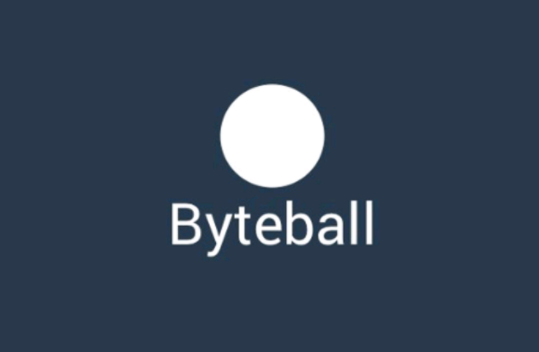We'll start with the most important part first, free crypto. The crypto in question is called Byteball. It’s distributing 98% of all its native currency, called bytes, to Bitcoin holders that prove their Bitcoin balances during one of the distribution rounds.

The first round, with over 70,000 BTC linked, was December 25, 2016 and Byteball distributed 10% of all bytes. Since then they’ve done four more rounds, with over 200,000 BTC linked, distributing another 9% of bytes.
Round 6 is scheduled for June 9, 2017 at 13:10 UTC, the same time as the full moon for June. To participate you’ll need to download the Byteball wallet (both PC and app are available) and link your Bitcoin account using its transition bot prior to that time. For all the details go here.
With each BTC linked you’ll get 62.5 MB (0.0625 GBYTE). Byteball is traded on the Bittrex exchange.
So what is Byteball?
It describes itself as a decentralized system that allows tamper proof storage of arbitrary data. That data can represent transferrable value such as currencies, property titles or shares.
Storage units are linked to each other such that each storage unit includes one or more hashes of earlier storage unit. The set of links among units forms a DAG (directed acyclic graph). So Byteball doesn’t use PoW or PoS and it doesn’t have blocks. It’s not a blockchain but rather a decentralized database.
Its native currency, bytes, is used to pay for adding data into the decentralized database. Witnesses verify the transactions. Bytes can also be used to pay for goods and services or to exchange with other currencies.
The total number of bytes in circulation is 10^15 (10 to the fifteenth power), and this number is constant. That’s a 1 with 15 zeros after it. I believe it’s called a petamillion. The number 10^15 was selected as the largest round integer that can be represented in JavaScript. You’ll see Byteball quoted on coinmarketcap as a GBYTE, which is 1 billion bytes. Right now one GBYTE goes for $742.
Byteball has a number of potential use cases. Peer-to-peer payments, prediction markets, P2P better, P2P insurance, and merchant chatbots are among the things you can do. If you’re interested in learning more make sure to check out the white paper.